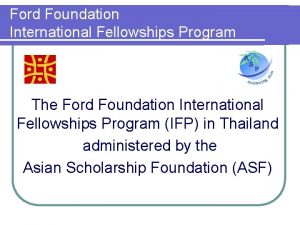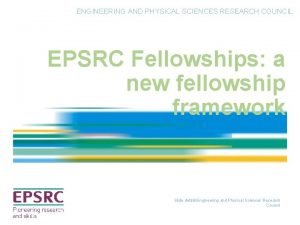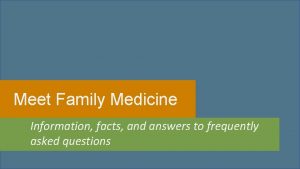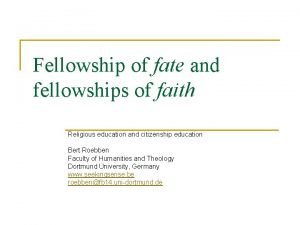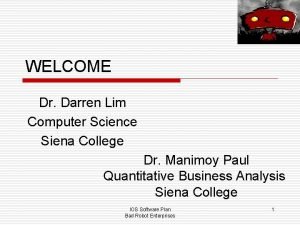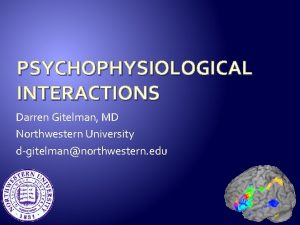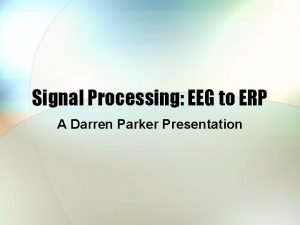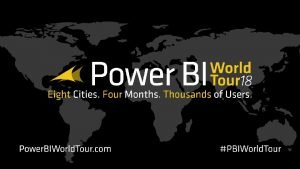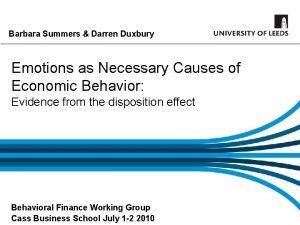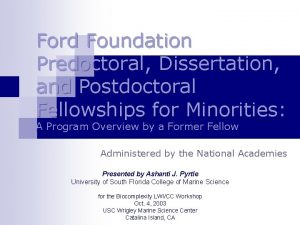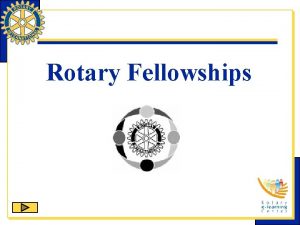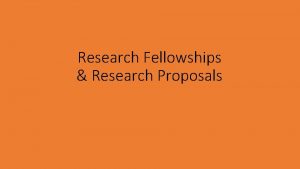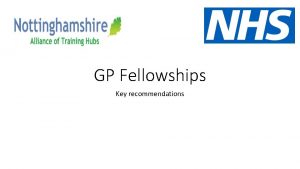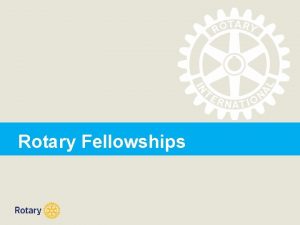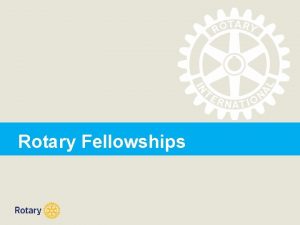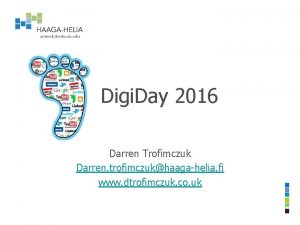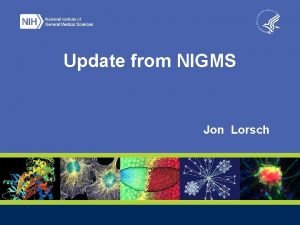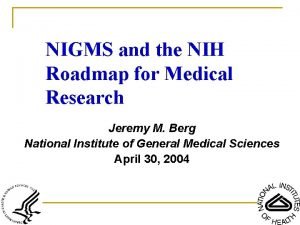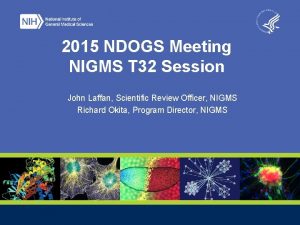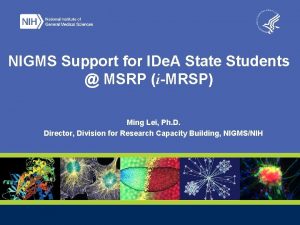NIGMS Predoctoral Fellowships Darren Sledjeski Ph D Goal













- Slides: 13

NIGMS Predoctoral Fellowships Darren Sledjeski, Ph. D.

Goal Promote fundamental, interdisciplinary and innovative research training that will develop highly trained independent scientists to address the nation’s biomedical, behavioral and clinical research needs of the 21 st century. o T 32 s: Early-phase training (e. g. , yrs 1 -2) o Fs: Dissertation phase training (e. g. , yrs 3 -4) o These are NIGMS policies. Other Institutes are different. 2

Three Types of Predoctoral Fellowships § Predoctoral Fellowships (F 31) for Ph. D. degree students. § Predoctoral Fellowships to Promote Diversity for Ph. D degree § students from groups underrepresented in biomedical science. Everyone else. § Predoctoral M. D. /Ph. D. and Other Dual Doctoral Degree Fellowships (F 30) for students in integrated M. D. and Ph. D. and other dual doctoral degree training 3

Best Advice? Contact and speak with a Program Officer before applying and after getting the summary statement How do I find one? NIH REporter. 4

An F 31 is an F 31 • • Reviewed in the same Study Sections. Support an average of two years of dissertation research for outstanding students o • Proposed project related to sponsor’s research area and with strong training potential. • Institute priority to funding applications from sponsors with NIGMS research grants o 5 Fellowships will not pay for Ph. D years beyond year 6, regardless of source of funding. (Can use NIH Re. PORTER to ID NIGMS funded PIs)

Key Features of Successful Application Hypothesis • A meaningful hypothesis AND a means of testing it • A sound rationale for the hypothesis Preliminary Data • Documents feasibility of the proposed project • Shows training for research proposed and ability to interpret results • Include alternative interpretations and address limitations of methods Well Organized Research Plan • • • Aims focused (relate to each other and the hypothesis) Rationale for methods proposed, with alternatives Research flow and priorities clearly indicated Sufficient experimental detail to show you understand methods Emphasize MECHANISM (avoid “descriptive data gathering”) Key features of successful applications

Your Reviewers • • Only a few will be familiar with your techniques or field The majority will have more general expertise Inherently skeptical and critical Extremely busy Make their job easier • • Write a well organized, clear and concise application Guide reviewers with graphics - flow diagrams, charts, figures – and clear timelines Demonstrate enthusiasm with strong active verbs Sell your application - show why NIH should fund your application Avoid things that irritate • Exceeding page limits, small margins, and/or font too small • Information in the wrong section • Omitting or mislabeling references/figures • Spelling, grammar, math errors Know your audience

Most Common Review Criticisms • The proposed training plan is no different than what any other student would do. • • Journal clubs, lab meetings, national meetings, basic course work are expected of all students. What individualized training would this student get? The PI is new and has no track record of training students. • Identify a senior PI as a second mentor. Include a strong letter that makes it clear they will interact with the student regularly. • The Research Plan is too similar to the PI’s research plan. • 8 The student should propose something within the scope of the grant yet unique to the student’s interests.

Application Review and Funding • • Applications to be reviewed by CSR, and percentiled. In making funding decisions, NIGMS will consider the following factors in making funding decisions: o o • 9 Training phase of the student (yrs 3 -5) Priority to applicants from NIGMS-funded mentor’s labs. Has the student already received Federal funding? (e. g. , NSF) Availability of funds. Different NIH Institutes have different criteria/goals.

FOAs, Instructions, Stipend Levels and Deadlines, etc. 10 • visit the NIH F kiosk site http: //grants. nih. gov/training/f_files_nrsa. htm • • • Talk to a PO Training Website Updates FAQs

NIGMS Contacts For more Information about NIGMS Graduate Fellowships • F 30 Fellowship for M. D. -Ph. D. Students: Dr. Kenneth Gibbskenneth. gibbs@nih. gov • F 31 Fellowships in Cell Biology and Biophysics: smithwar@nigms. nih. gov • F 31 Fellowships in Genetics, and Developmental Biology: Dr. Ward Smith- Dr. Darren Sledjeski – Darren. Sledjeski@NIH. gov 11 • F 31 Fellowships in Pharmacology, Physiology, and Biological Chemistry: Oleg Barski - oleg. barski@nih. gov • F 31 Fellowships in Biomedical Technology, Bioinformatics, and Computational Biology: Dr. Veerasamy Ravichandran veerasamy. ravichandra@nih. gov • F 31 Fellowships to Promote Diversity: Drs. Patrick Brown--patrick. brown@nih. gov or Anissa Brown anissa. brown@nih. gov Dr.

Questions?

Applicant Eligibility • F 31 applicant must have a baccalaureate degree and be currently enrolled in a Ph. D. (or equivalent research degree) or a combined degree (e. g. , Ph. D. and M. D. ) program. • Must be advanced graduate students and have already identified their dissertation project and sponsor. • Applicants are expected to demonstrate evidence of high academic performance in the sciences, substantial interest in a research area of high priority to NIGMS, and a commitment to a career as an independent research scientist. • U. S. citizenship or permanent residency status by the time of award. • Applicants from groups underrepresented in biomedical sciences may also consider applications to the Parent F 31 -Diversity fellowship. • Students in a combined degree program (e. g. M. D. /Ph. D, or D. O. /Ph. D, or D. D. S. /Ph. D) are eligible to apply for the Individual Predoctoral M. D. /Ph. D Fellowship (F 30). o 13 Applicant eligibility no more than 48 months from matriculation into integrated MD-Ph. D or other program; for period not extending more than 8 years total, regardless of funding.
 Ford foundation international fellowships program
Ford foundation international fellowships program Epsrc postdoctoral fellowship
Epsrc postdoctoral fellowship Future leader fellowship round 7
Future leader fellowship round 7 Family medicine procedures
Family medicine procedures Sir henry wellcome postdoctoral fellowships
Sir henry wellcome postdoctoral fellowships Ukri future leaders
Ukri future leaders Fellowships of fate
Fellowships of fate Siena college computer science
Siena college computer science Darren gitelman
Darren gitelman Darren parker
Darren parker Dr ganesh
Dr ganesh Darren gosbell
Darren gosbell Darren hubert
Darren hubert Darren duxbury
Darren duxbury
